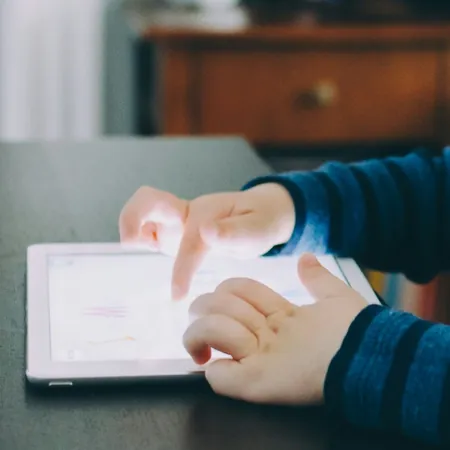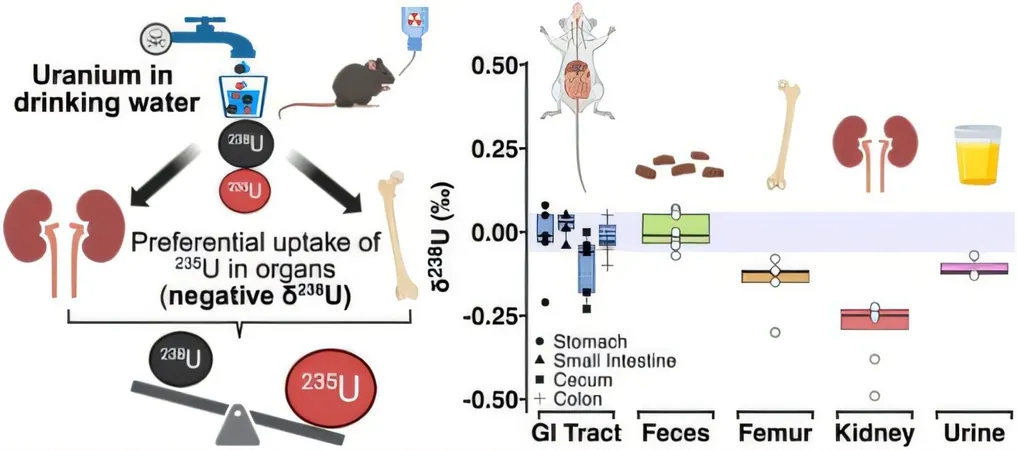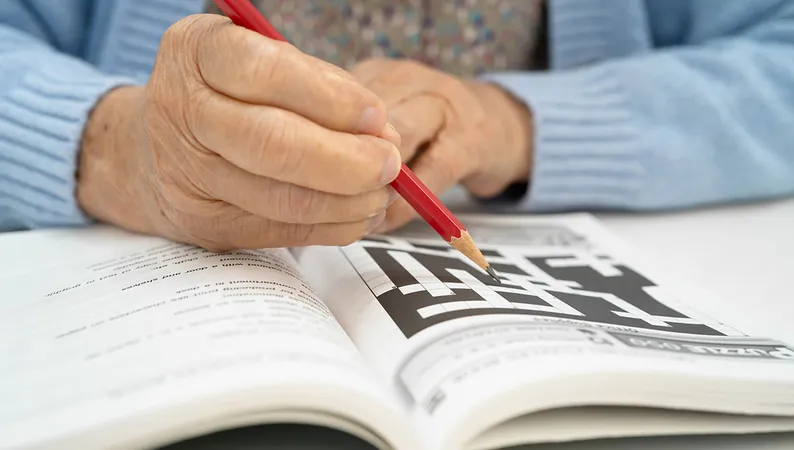
Is Your Child's Eye Misalignment Making Myopia Worse? Shocking New Findings!
2025-06-27
Author: Wei Ling
A groundbreaking study presented at the 2025 American Optometric Conference in Minneapolis has revealed a startling connection between near exophoria and the severity of myopia in children. This suggests that certain binocular vision issues could play a significant role in the progression of this common ocular condition.
Research from East Asia has previously indicated that near exophoria—a type of eye misalignment when looking at close objects—occurs frequently among children and is strongly linked to myopia. Myopia not only makes distant objects appear blurry but also has been identified as a potential risk factor for other eye misalignments, such as exotropia.
Conducted by Dr. Saif Hassan Alrasheed and his team at Al-Neelain University, this hospital-based study sheds light on how modern near-work activities like smartphone and computer use may relate to the alarming rise in myopia rates worldwide.
Children between the ages of 6 and 11 often hold reading materials just 10 to 40 centimeters away. The study found that those who consistently read from such close distances are at a higher risk for developing severe myopia, with near exophoria playing a critical role.
As Dr. Alrasheed highlights, "This study underscores the need for comprehensive eye examinations in myopic children that include checks for binocular vision issues. Early detection and management of conditions like exophoria could help slow down myopia progression and improve visual comfort during near work."
The research examined 117 children aged 6 to 15 at the Al-Neelain Eye Hospital in Sudan, all of whom had myopia ranging from 1 to 6 diopters and displayed near exophoria. Children with a history of conditions such as amblyopia or previous eye surgeries were excluded.
Among the participants, a staggering 81.2% had a family history of myopia, indicating a genetic component to this eye condition. Gender did not significantly impact the findings. The average myopic sphere equivalent was -1.76 diopters in the right eye and -1.79 in the left.
The study measured key vision metrics such as visual acuity, near point of convergence, and the degree of near exophoria in each child. The results showed a strong positive correlation between near exophoria and the severity of myopia, while factors like accommodation amplitude displayed no significant relationship with myopia severity.
Dr. Alrasheed demands further exploration, stating, "More research is crucial to unravel the complex dynamics between binocular vision, environmental influences, and myopia progression in children." Parents, take heed—your child’s eye health might depend on it!




 Brasil (PT)
Brasil (PT)
 Canada (EN)
Canada (EN)
 Chile (ES)
Chile (ES)
 Česko (CS)
Česko (CS)
 대한민국 (KO)
대한민국 (KO)
 España (ES)
España (ES)
 France (FR)
France (FR)
 Hong Kong (EN)
Hong Kong (EN)
 Italia (IT)
Italia (IT)
 日本 (JA)
日本 (JA)
 Magyarország (HU)
Magyarország (HU)
 Norge (NO)
Norge (NO)
 Polska (PL)
Polska (PL)
 Schweiz (DE)
Schweiz (DE)
 Singapore (EN)
Singapore (EN)
 Sverige (SV)
Sverige (SV)
 Suomi (FI)
Suomi (FI)
 Türkiye (TR)
Türkiye (TR)
 الإمارات العربية المتحدة (AR)
الإمارات العربية المتحدة (AR)